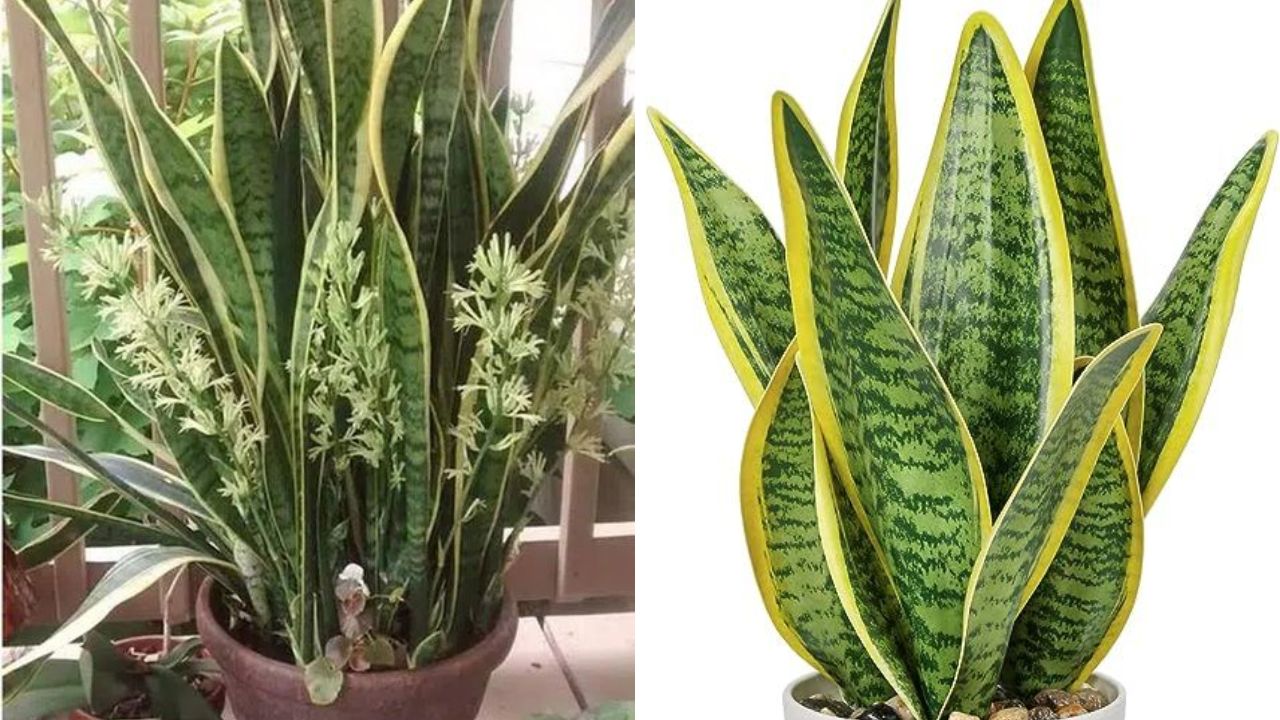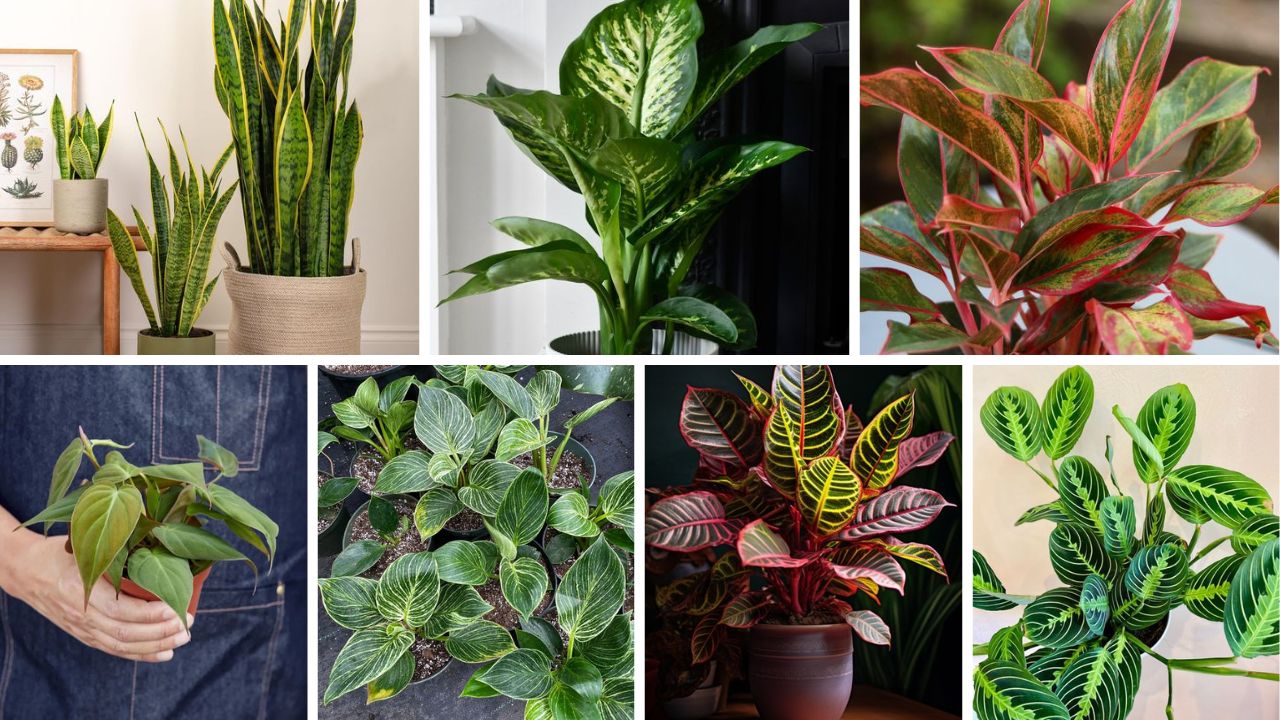Xylosma is a genus of over 100 species of evergreen shrubs in the family of blossoming willows that are sometimes called brush hollies. They can be found in tropical and subtropical regions of the world, such as Florida and Hawaii.
Foliage and shape are this shrub’s most remarkable traits with fresh leaves emerging in bronze and copper then turning to lustrous dark green as they mature. The main stem, sometimes known as the trunk, becomes an intriguing zigzag pattern with branches that occasionally descend to the ground.
Inconspicuously, white or yellow blooms may occur in late summer or early fall. Some types blossom all year long, and black or crimson berries may follow. Since xylosma plants are dioecious—that is, they only produce male or female flowers on each plant—two plants are required to produce fruit.
Xylosma can tolerate slightly acidic soil types and grows best under full sun. This shrub tolerates drought, but because it is a warm-weather plant, it looks best when maintained consistently moist. Many types of caterpillars feed on its potently fragrant leaves, bees and other pollinators are drawn to its blooms, and birds and other creatures are drawn to its berries. Because of its extremely pointed leaves and thorns, caution is advised.
Table of Contents
ToggleXylosma Tree Overview

| Common Name | Brush holly / Xylosma Congestum |
| Botanical Name | Xylosma |
| Family | Salicaceae |
| Plant Type | Broadleaf evergreen |
| Mature Size | 8 to 15 feet tall and wide |
| Sun Exposure | Full sun, part shade |
| Soil Type | Adaptable, medium moist, well draining |
| Soil pH | 6.0 to 7.5 |
| Bloom Time | September to November |
| Flower Color | Cream, yellow |
| Hardiness Zones | 7 to 11 U.S. |
| Native Area | China, Asia, Tropics, S. America, Hawaii, Florida |
Xylosma Care

Xylosma grows quickly, although it may be pruned properly. It grows nicely as a hedge or screen and can be trained into a tiny multistemmed tree. Aside from being fashioned to your taste, this resilient shrub thrives in hardiness zones USDA 7 through 11, where it can withstand a variety of growth environments.
- Verify if xylosma can thrive in your climate.
- Plant in a spot that gets direct sunlight.
- For the best foliage, water the soil to maintain an equal moisture level.
- Every year, prune.
Light Requirements
Xylosma Plant in a spot with full to partial shade. Although it can withstand heat and drought, this plant prefers some afternoon shade when cultivated in the hottest climates.
Soil & Potting
Xylosma is tolerant of most soil types and prefers a pH range of 6.0 to 7.5. It can even thrive in poorly-drained soil provided it has enough drainage.
Watering
Xylosma can withstand droughts. Once established, it can be utilized in desert and xeriscape environments. Regular watering, however, results in thicker, lusher foliage. After planting your xylosma outside, remember to water it once a week. Then, when the weather gets too hot or the surface starts to get dry, cut back on irrigation to maintain the soil evenly moist.
Temperature and Environment
When in a deciduous habit, Xylosma can lose its leaves in below-freezing weather. This shrub can die from prolonged cold weather, even though its roots can withstand lows of 10 to 15 degrees Fahrenheit. But as long as there is enough irrigation, xylosma can survive in hot, dry weather.
Fertilization
This evergreen shrub tolerates poor soils and doesn’t require further feeding. On the other hand, early spring use of a balanced NPK fertilizer, like 10-10-10, may enhance foliage. Water well and apply a fertilizer that is liquid-based.
Uses of Xylosma Tree
In warmer areas, xylosma is a multipurpose plant that can be used for several landscaping applications. Here are some ideas for incorporating this plant into your garden and yard.
- To create a windbreak, privacy screen, or hedge, space your plants 6 to 9 feet apart.
- If your little multistemmed tree has two or three main trunks, prune them.
- Apply as a filler to draw attention to blooming shrubs such as shrub roses, lantana, and crepe myrtle.
- Keep it small by pruning, and plant it as a specimen shrub in borders and foundation beds.
- Draws wildlife, birds, butterflies, and pollinators to your gardens.
- For patios and outdoor living areas, use potted plants.
- Use in low-water settings and xeriscapes.
- To soften hardscape, plant beside buildings, stone walls, and fences.
- For decorative accents, construct an espalier or topiary.
Types of Xylosma
About 100 distinct identified plant types, 45 of which are recognized as species, are found in the genus Xylosma. In the United States, the species is most frequently planted as X. congestum, sometimes known as Shiny Xylosma. Its dwarf cultivar, ‘Compacta,’ grows to a height and width of 6 to 8 feet.
While many other known species can be found throughout the world in tropical and subtropical climates, some are listed as endangered.
Pruning
This shrub needs to be pruned annually because it grows up to two feet in a year. To keep the correct form in the fall, remove up to one-third of the branches. Xylosma adapts readily to shaping and works well as topiary and as an espaliered tree. To train it to produce a tiny tree, remove all but two or three of the main trunks and trim out the lower branches.
Propagating Xylosma
Many xylosma species, including endangered cultivars and those that are becoming less common in their natural environments, are being cultivated by conservation organizations and environmental authorities. This plant can be grown from cuttings or seeds.
Cuttings from your shrub can be used to try and propagate shining xylosma, but the chances of success are poor. It is therefore recommended that you buy plants from a reputable greenhouse nursery.
Overwintering
In milder climates, xylosma can be grown in pots and placed inside an outbuilding or garage if there will be prolonged periods of below-freezing weather. If the temperature falls below 10 degrees Fahrenheit, a thick layer of mulch may shield the roots, but plant death may still result. At 25 degrees Fahrenheit or lower, expect your plant to shed its leaves. The following spring, xylosma will grow fresh foliage as long as its roots are unharmed.
Common Pests & Plant Diseases
Whiteflies, glassy-winged sharpshooters, and spider mites are among the pests that produce yellowing leaves, stunting, and whitish deposits on branches. Using insecticidal soap is the most effective control strategy.
Xylosma can succumb to armillaria root rot. There is no treatment after the fungus has taken hold, therefore afflicted plants need to be removed and disposed of. Other fungi that can be prevented and managed are powdery mildew and rust, which can be achieved by ensuring adequate air circulation and soil-level irrigation.
Common Problems With Xylosma
Although xylosma is a versatile plant that may thrive in soil with basic nutrients, excess or deficiency of certain minerals can lead to undesirable consequences.
Discolored or Faded Foliage
Foliage shortages, primarily involving iron and nitrogen, can cause fading, brown tips, spotting, and other problems such as discoloration. It’s advised to have an analysis done on your soil so you can supplement the minerals the plant is deficient in.
Leaf Tip, Branch Dieback, and Yellowing Leaf Margins
Excessive mineral content causes these situations, which can be prevented by planting in well-drained soil, using irrigation appropriately, and using less fertilizer.
Also Read: Neon Pothos Complete Guide To Grow And Care





